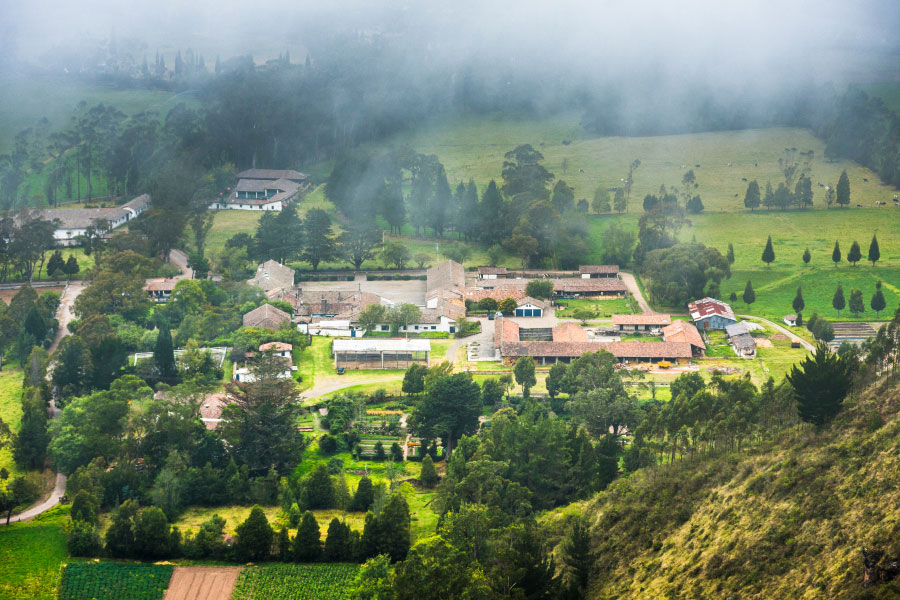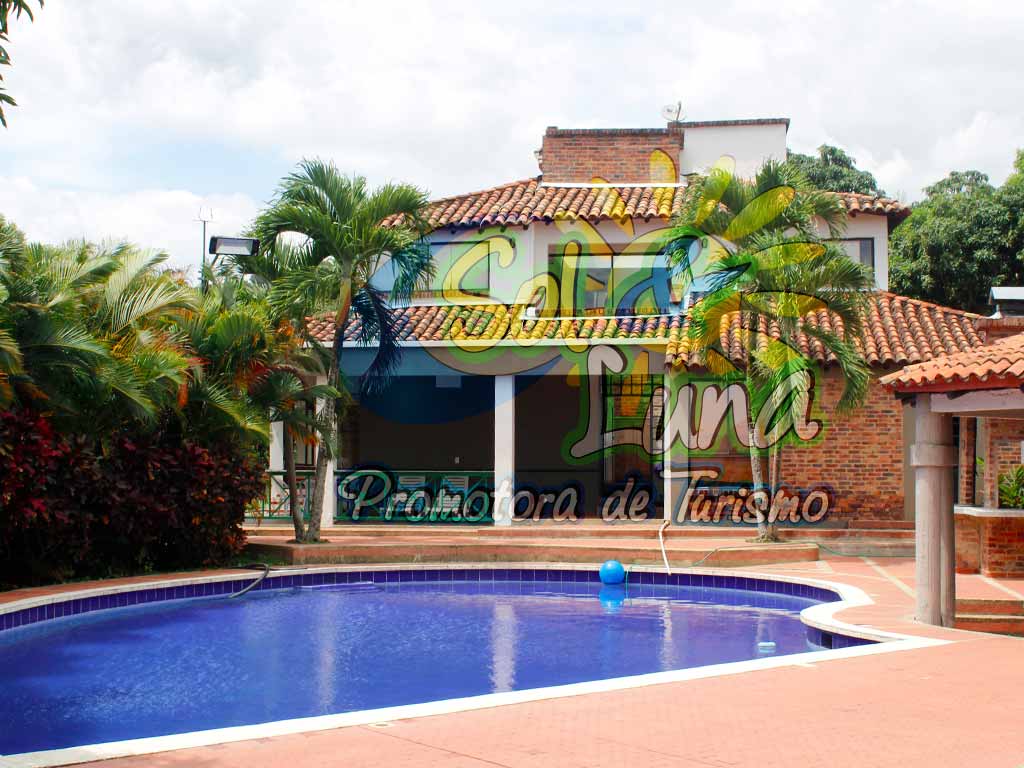
These are some of the most emblematic farms in Colombia.
Colombia is a country recognized for its great agricultural and bovine production, because of that, has several emblematic farms with extensive and very productive land. These extensions of land, known as latifundios, are a symbol of development and economic growth, are a symbol of development and economic growth.
Below, we explore five of the country’s largest farms, detailing their location, size and type of production, their location, size and type of production.
1. Hacienda Nápoles
Location: Puerto Triunfo, Antioquia
Size: 3,000 hectares
Type: Theme Park and Nature Reserve
Hacienda Nápoles, with a size of approximately 3,000 hectares, is an estate with a theme park located in the municipality of Puerto Triunfo, Antioquia. This estate was the residence of the notorious drug trafficker Pablo Escobar, after the fall of the Medellín cartel, the property was transformed into a theme park and nature reserve.
The park includes a zoo, water park and several themed attractions that attract tourists from all over tourists from all over Colombia and the world. The hacienda also serves as a wildlife conservation center, highlighting its transition from a dark past to a future focused on education and environmental preservation.
2. Hacienda San José
Location: Department of Valle del Cauca
Size: 4,500 hectares
Type: Agroindustrial
Located in the fertile Valle del Cauca, Hacienda San José is an agro-industrial farm covering 4,500 hectares dedicated mainly to sugar cane production 500 hectares dedicated mainly to the production of sugar cane. This farm is one of the most productive in the region and plays a crucial role in the agricultural economy of Valle del Cauca. A crucial role in the agricultural economy of Valle del Cauca.
The San José farm produces other crops such as fruits and vegetables, and is equipped with modern facilities for processing and packaging agricultural products. The farm is an example of integrating advanced technology with sustainable agricultural practices.
3. Finca La Aurora
Location: Department of Antioquia
Size: 2,000 hectares
Type: Historical and Agricultural
Finca La Aurora, located in the department of Antioquia, has a size of 2,000 hectares and is known for its impressive colonial architecture and rich cultural history. The farm produces a variety of crops, including coffee, bananas and flowers.
La Aurora is a popular tourist destination due to its historic architecture and beautiful scenery. Visitors can explore the farm fields, enjoy guided tours and learn about the region’s traditional farming practices.
YOU MAY BE INTERESTED IN: 5 reasons why to rent a vacation farmhouse in Mesitas del Colegio.
4. Finca El Porvenir
Location: Department of Meta
Size: 5,000 hectares
Type: Livestock and Agriculture
Finca El Porvenir is located in the department of Meta, one of the largest farms in Colombia, with 5,000 hectares. This farm is predominantly a cattle ranch, with vast pastures dedicated to raising cattle.
In addition, El Porvenir has crops such as corn and soybeans that complement its livestock activity. The farm is an example of the productivity of the Colombian Llano and how cattle ranching and agriculture can coexist in an efficient and sustainable manner. Livestock and agriculture can coexist in an efficient and sustainable manner. El Porvenir is known for its environmentally responsible management practices and its contribution to rural development.
5. Finca Las Mercedes
Location: Department of Tolima
Size: 3,500 hectares
Type: Coffee
Finca Las Mercedes, located in the department of Tolima, has an extensive land of 3,500 hectares dedicated mainly to the production of coffee. This farm is famous for its high quality coffee, grown on the slopes of the Andean mountains, at an altitude that favors the development of exceptional grains.
Las Mercedes is not only an important coffee producer, but it has also become a rural tourism destination, offering visitors the opportunity to learn about the coffee production process, from the plantation to the cup. The farm also diversifies its production with other crops such as cocoa and tropical fruits.






